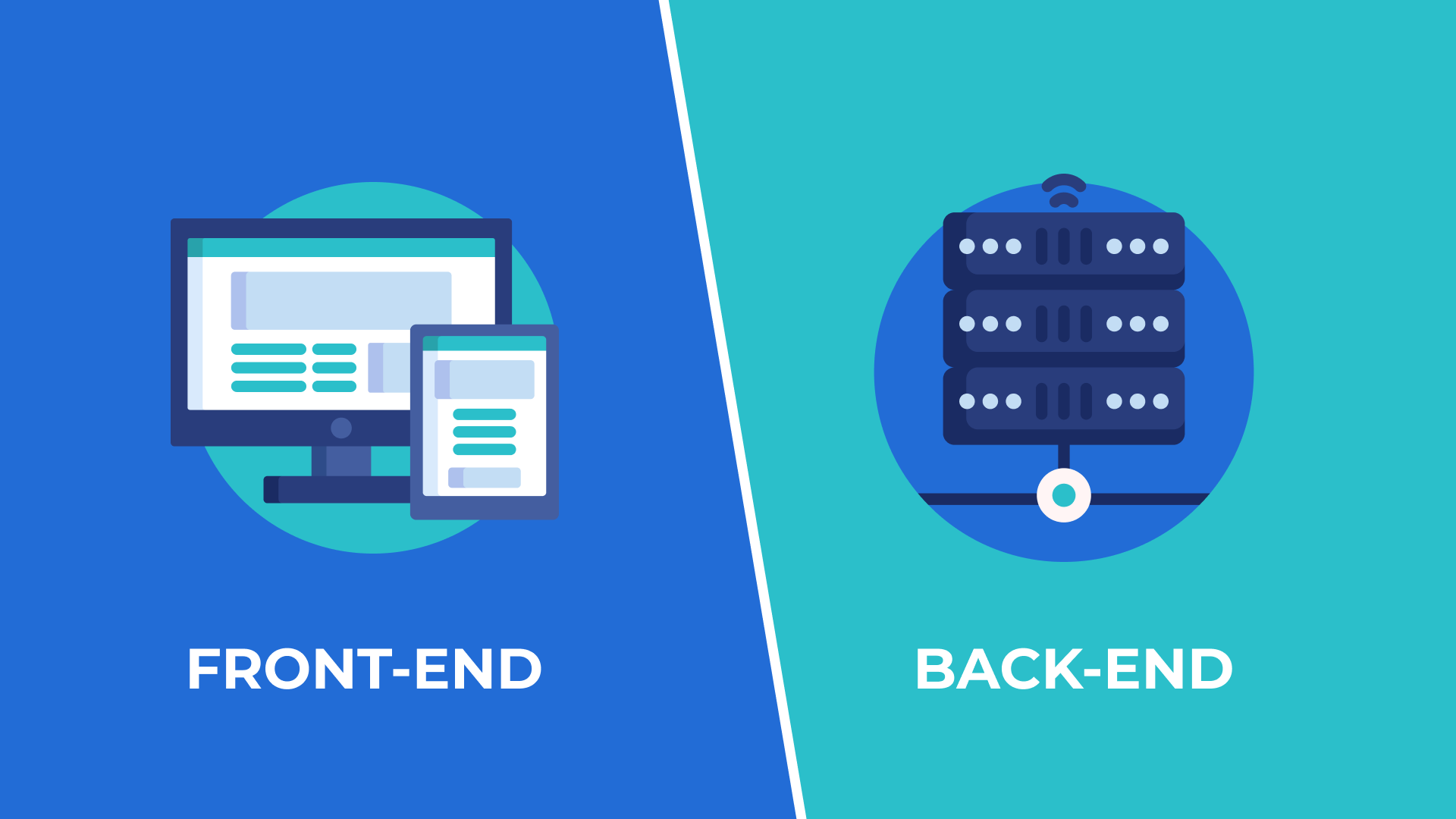
Front-end and Back-end
While working on this team project, I came to realize the importance of the front end.
No matter how much our team touches the data and implements the functions, what is ultimately shown to the user is the front end.
If you can’t show it from the front, there is no need for a back end.
And it desperately needs talented front-end developers to make it attractive to users.
Fortunately, we had someone on our team who worked on the front end, so we weren’t worried about the front end at all.
However, I am not sure that there will always be team members like this, so I need to have some level of skill.
In this post, we will learn about the differences between front end and back end and how to cooperate.
Front-end developers and back-end developers are two distinct roles in web development, each with its own set of responsibilities and areas of expertise. Cooperation between these two roles is crucial to create a fully functional and visually appealing web application. Here’s an overview of the key differences between front-end and back-end developers and how they can collaborate effectively:
Front-End Developer:
- Responsibilities:
- Front-end developers are primarily responsible for the user interface (UI) and user experience (UX) of a website or web application.
- They work on the client-side of the application, which means they deal with what the end user interacts with directly.
- Tasks include designing and implementing the layout, visual elements, and interactivity of the user interface using HTML, CSS, and JavaScript.
- Ensuring cross-browser compatibility, responsiveness, and performance are also part of their role.
- Skills:
- Proficiency in HTML, CSS, and JavaScript.
- Knowledge of front-end frameworks like React, Angular, or Vue.js.
- Familiarity with design principles, UX/UI concepts, and responsive design.
- Debugging skills to identify and fix issues in the user interface.
Back-End Developer:
- Responsibilities:
- Back-end developers focus on the server-side of web development, dealing with data storage, retrieval, processing, and the server’s functionality.
- They build the server and database components that power the application.
- Tasks include creating APIs, handling authentication, managing databases, and ensuring the security and scalability of the system.
- Skills:
- Proficiency in server-side programming languages such as Python, Ruby, Java, Node.js, or PHP.
- Knowledge of databases and database management systems (e.g., MySQL, PostgreSQL, MongoDB).
- Understanding of server infrastructure, web security, and performance optimization.
- Experience with web frameworks and APIs.
Cooperation Between Front-End and Back-End Developers:
-
Communication: Clear and effective communication between front-end and back-end developers is essential. They should regularly collaborate to discuss requirements, design decisions, and potential challenges.
-
API Design: Back-end developers should design APIs that are easy for front-end developers to consume. Documentation and clear endpoints are crucial for this cooperation.
-
Data Exchange: Decide on the format and structure of data exchanged between the front-end and back-end. JSON is a common choice for this purpose.
-
Version Control: Use version control systems like Git to track changes in code. Both front-end and back-end developers should be familiar with these tools.
-
Testing: Conduct thorough testing, both independently and collaboratively, to identify and fix issues. Front-end developers should verify that the data they receive from the back end matches their expectations.
-
Continuous Integration/Continuous Deployment (CI/CD): Implement CI/CD pipelines to automate the deployment process. This ensures that changes made by both front-end and back-end teams are integrated and deployed smoothly.
-
Code Reviews: Regularly review each other’s code to maintain code quality, security, and consistency.
-
Problem Solving: When issues arise, work together to diagnose and resolve them efficiently.
In summary, front-end and back-end developers have complementary roles, and their cooperation is crucial for building a fully functional web application. Effective communication, collaboration, and a shared understanding of the project’s goals are key to successful teamwork in web development.